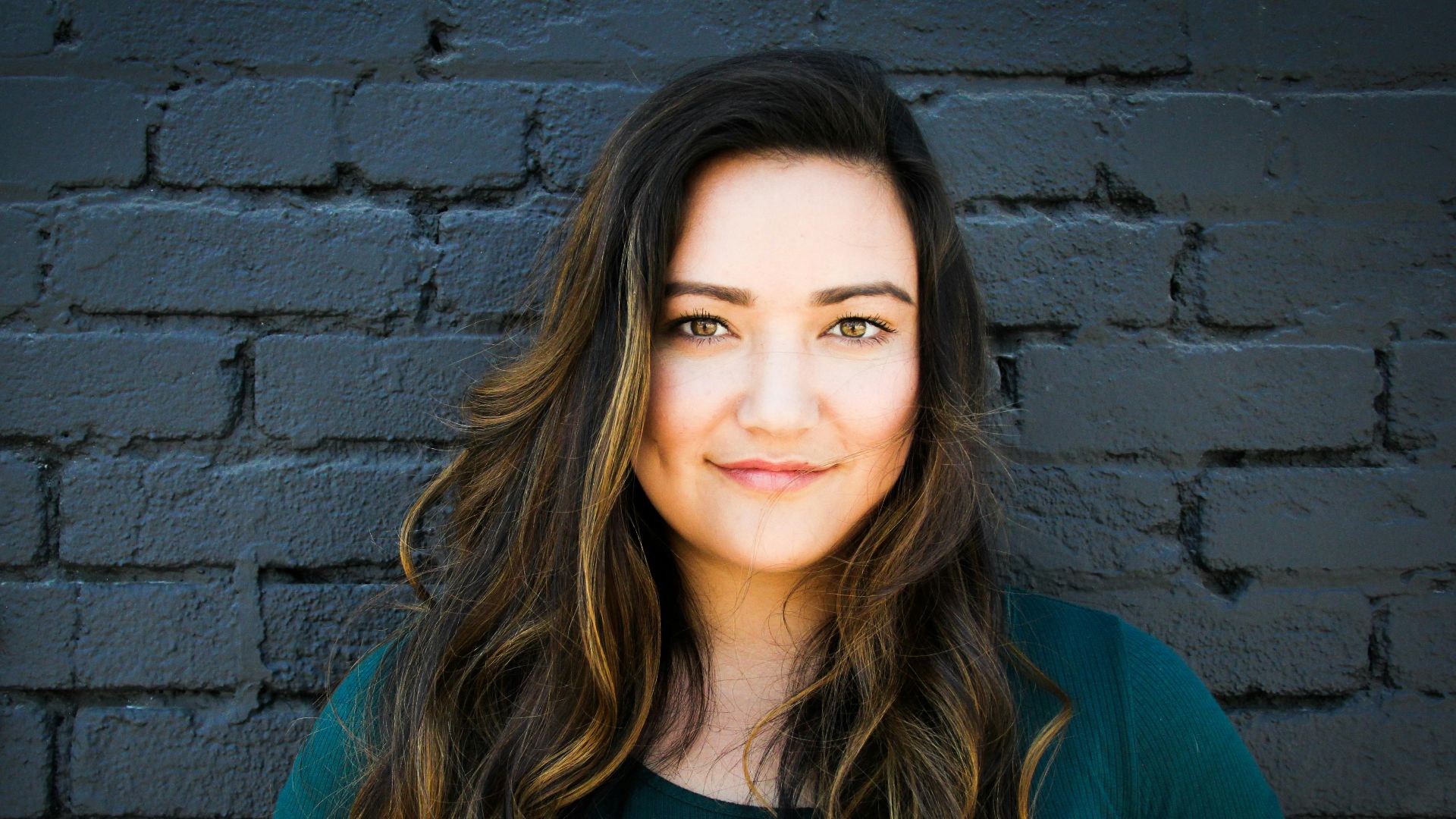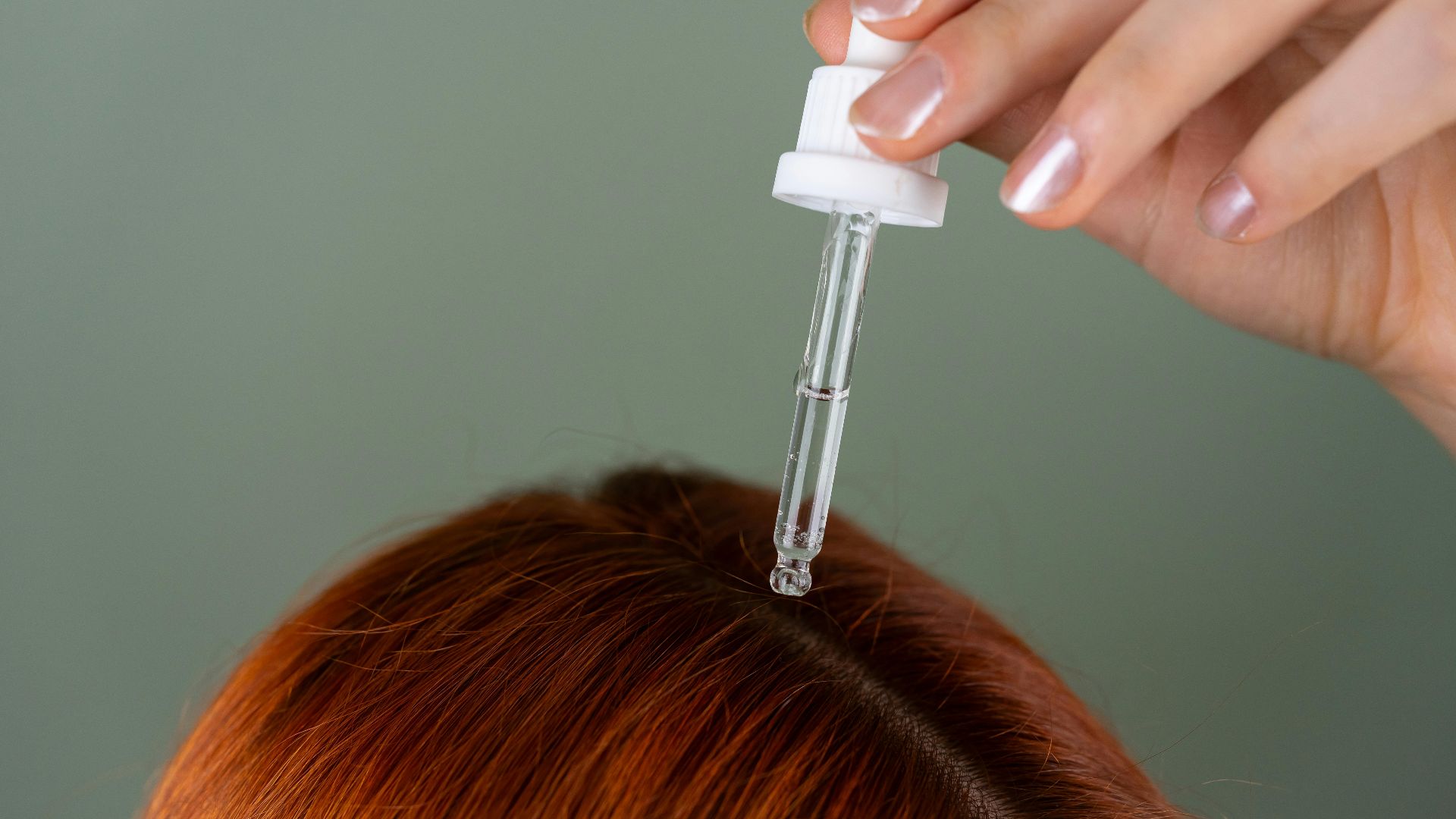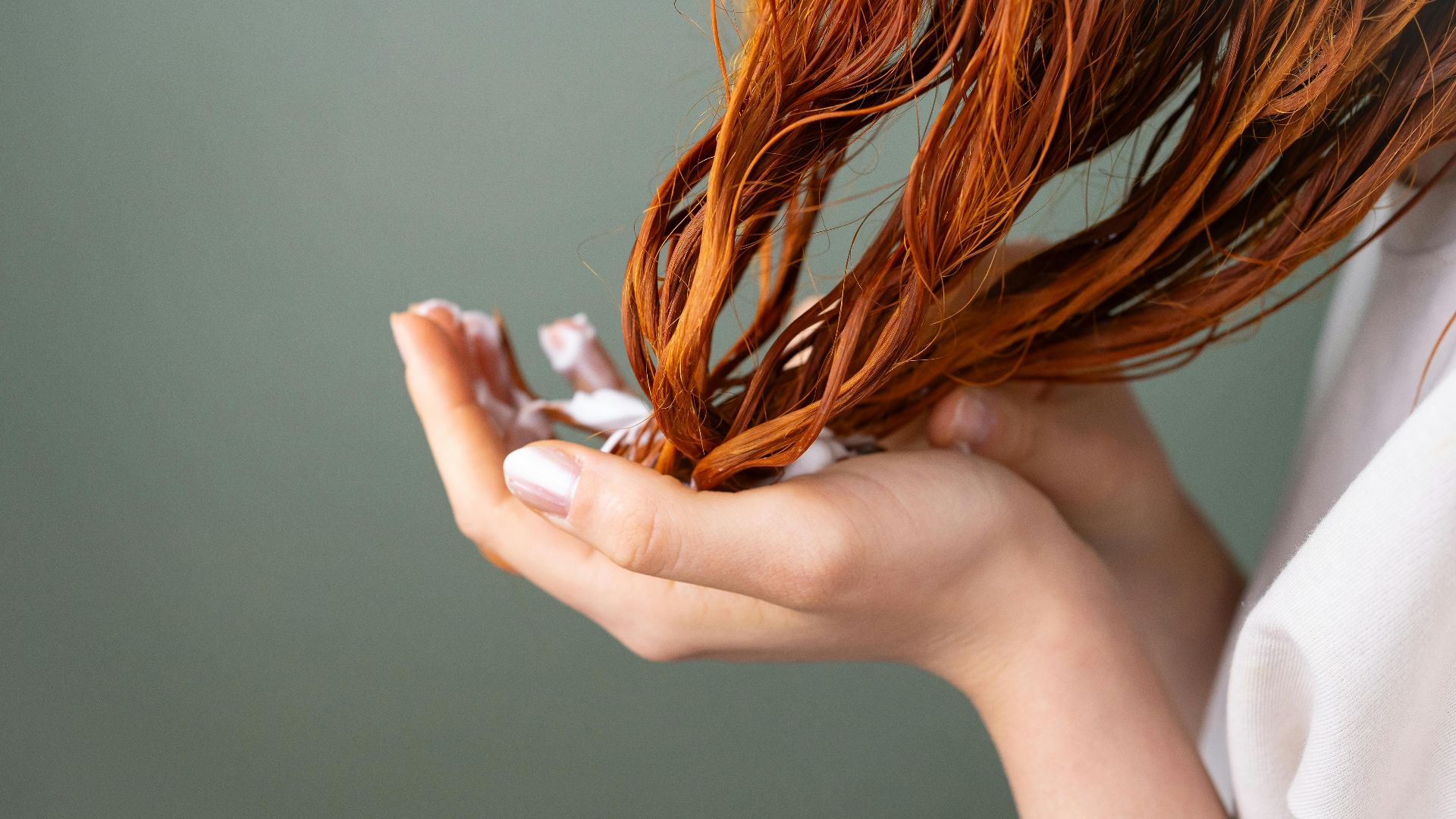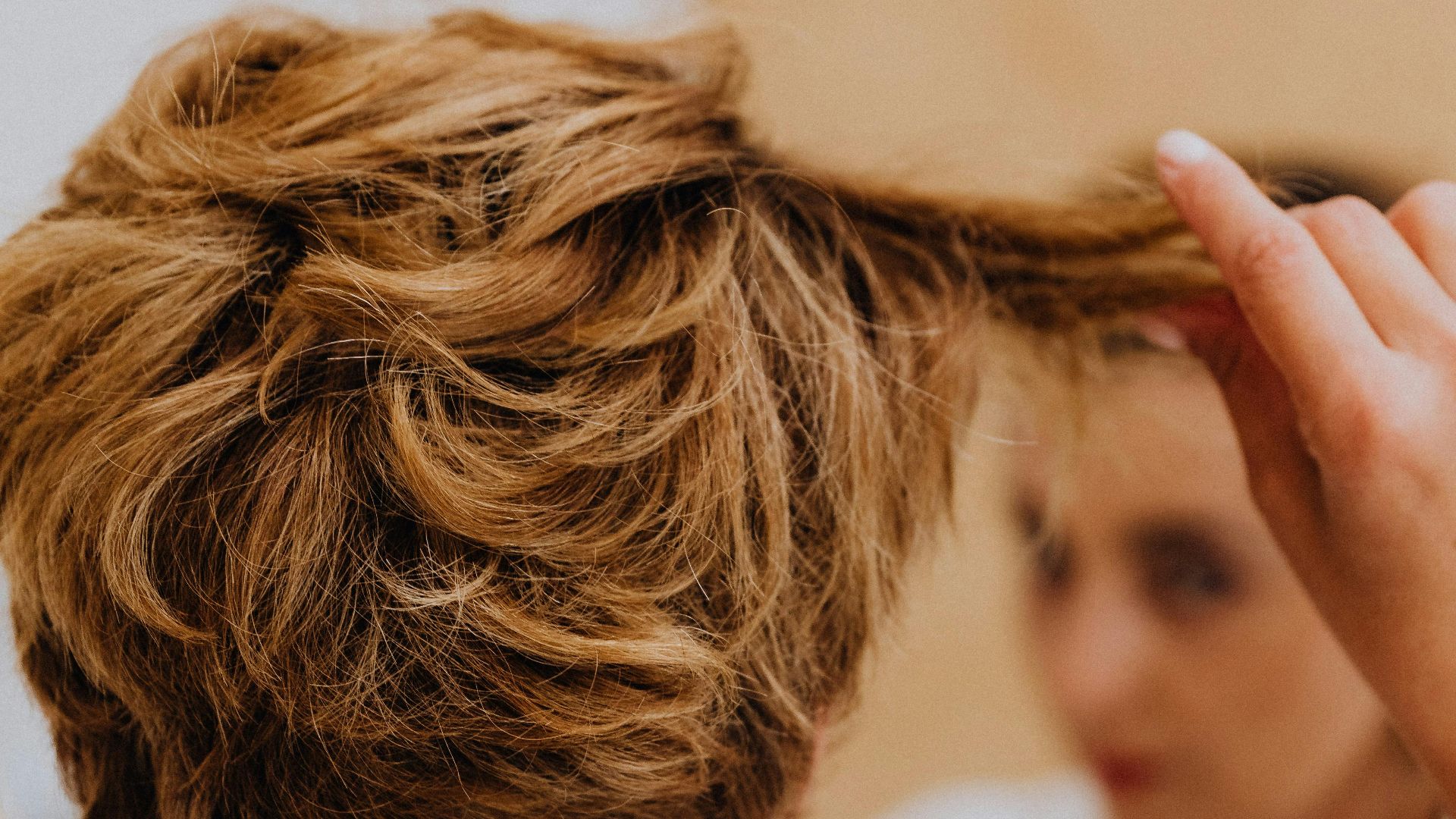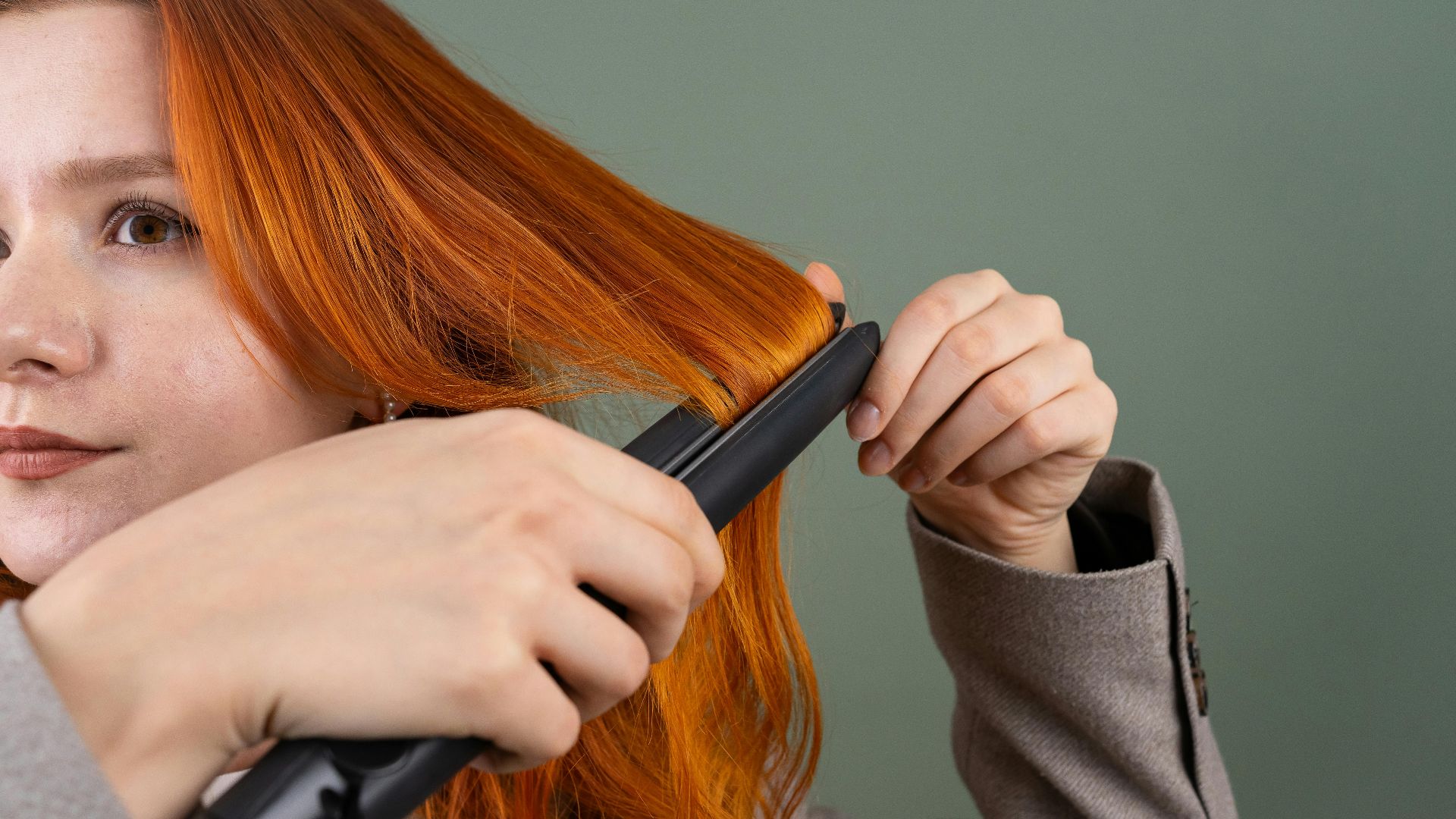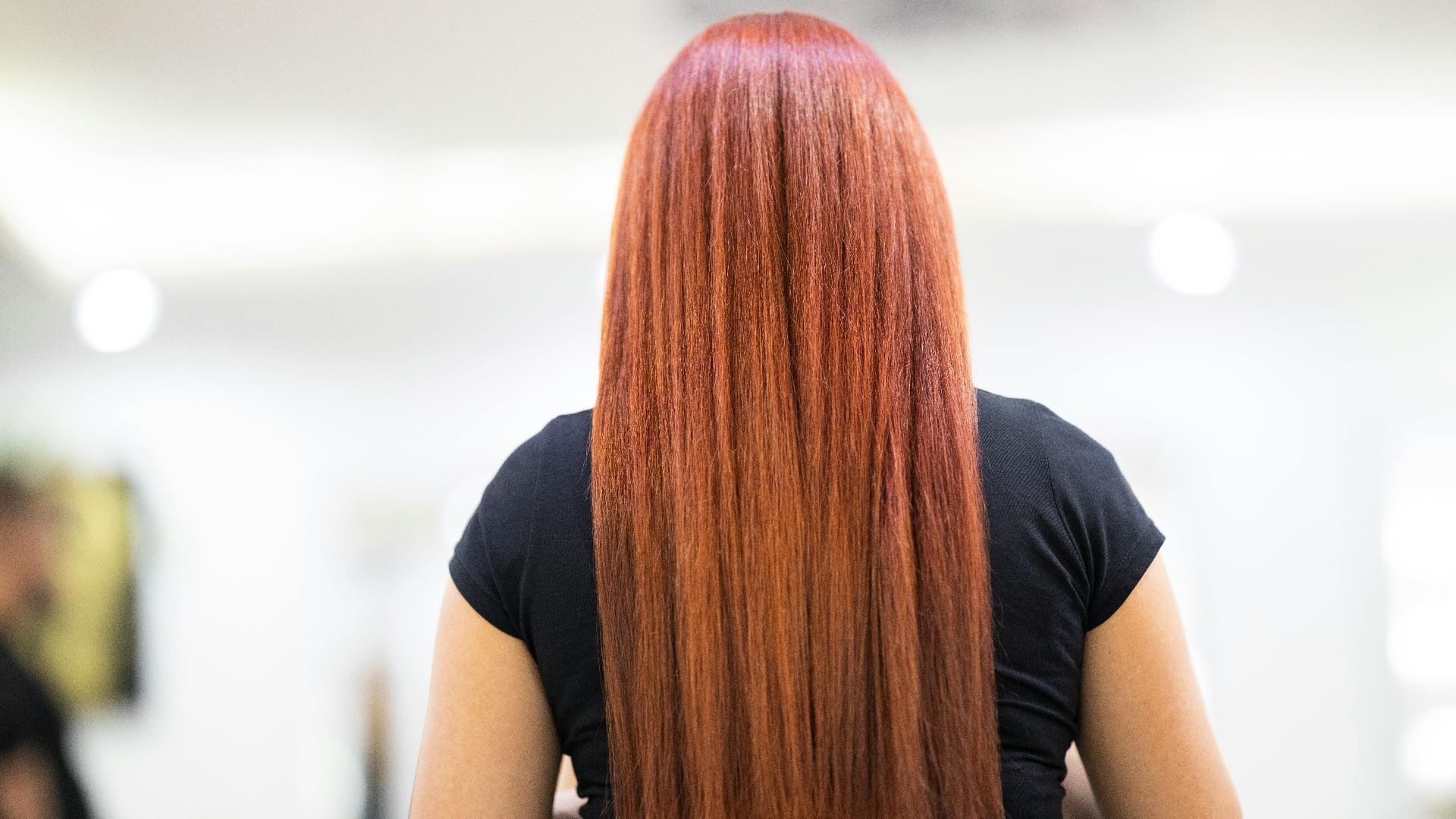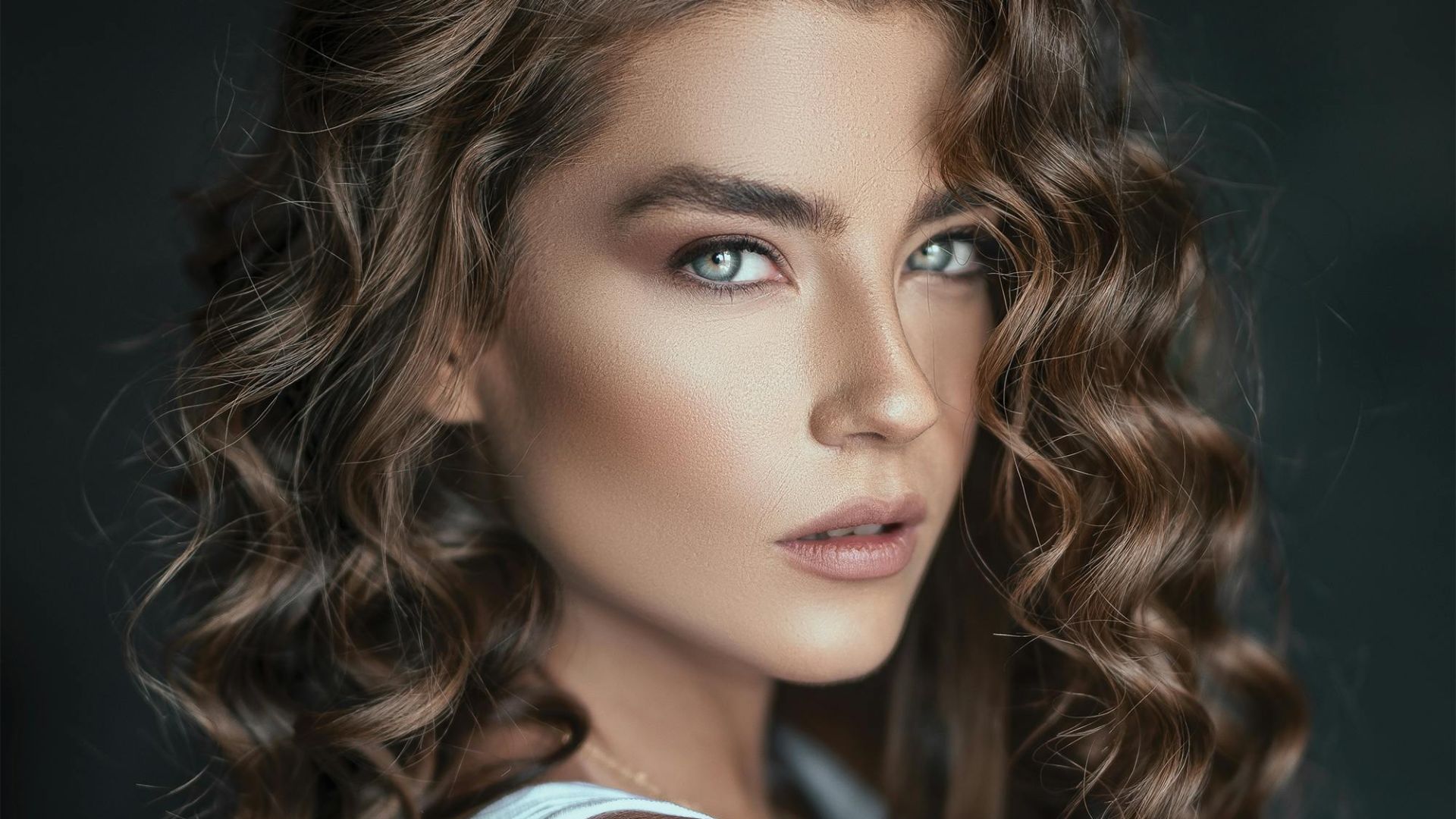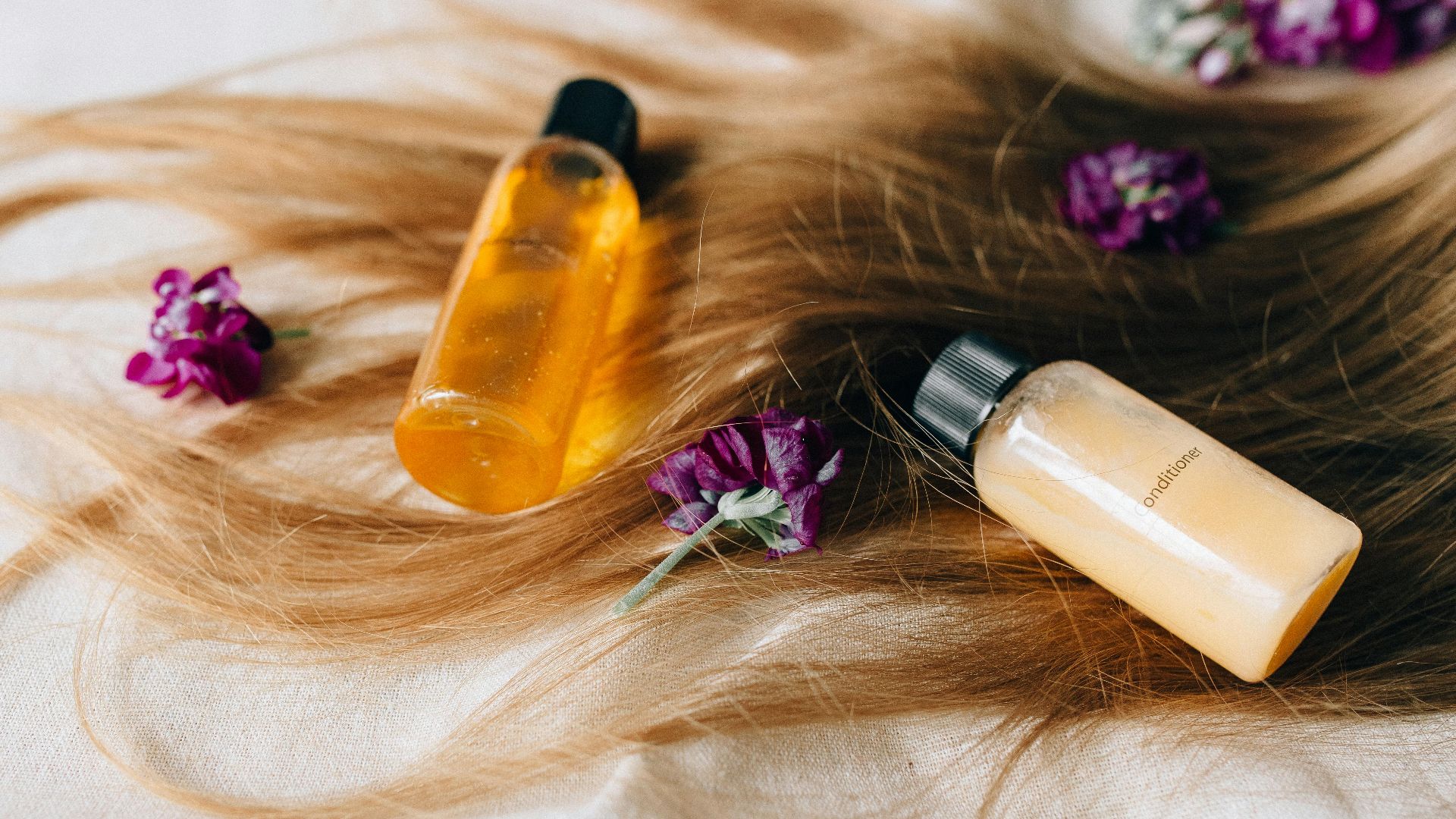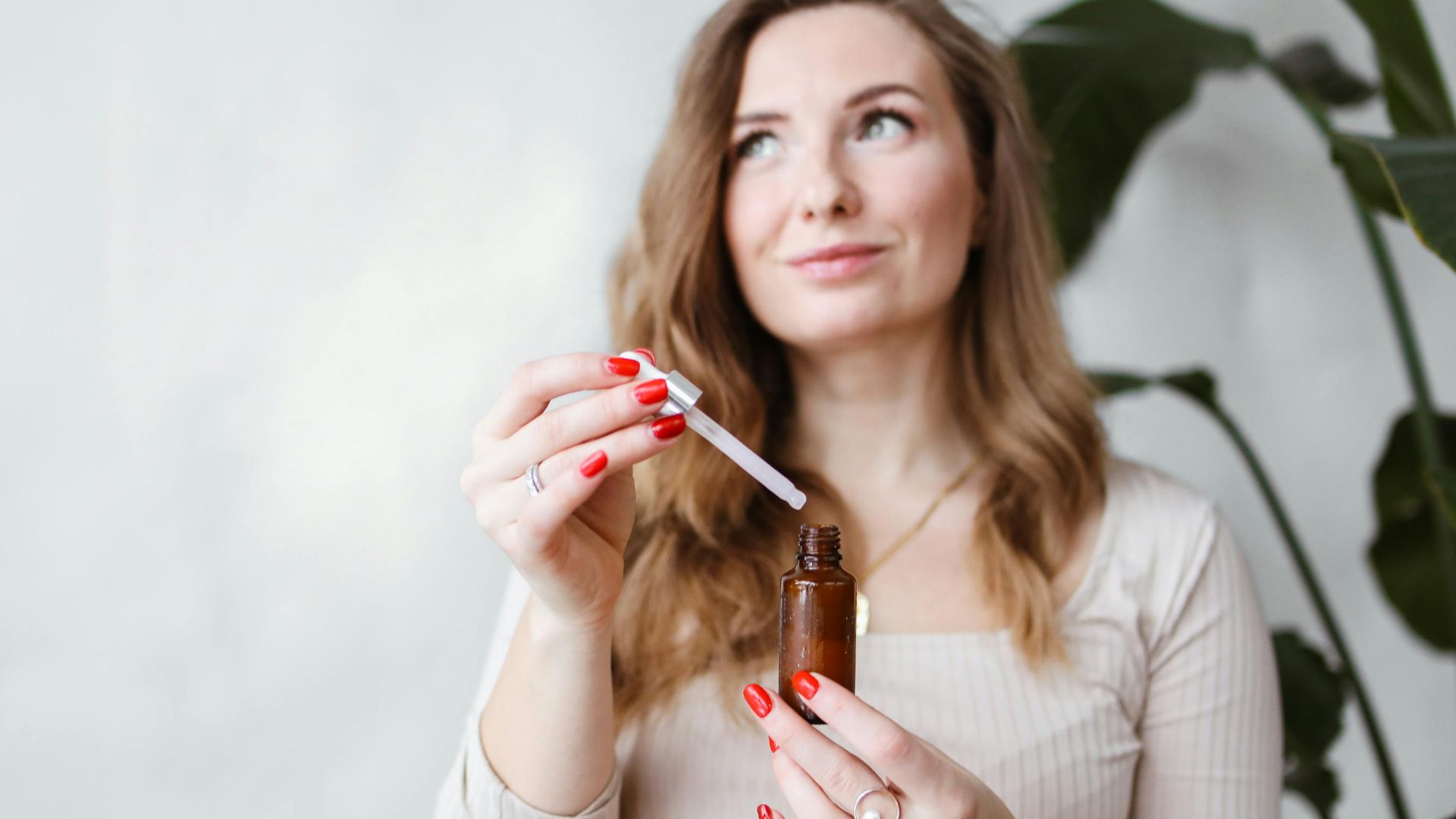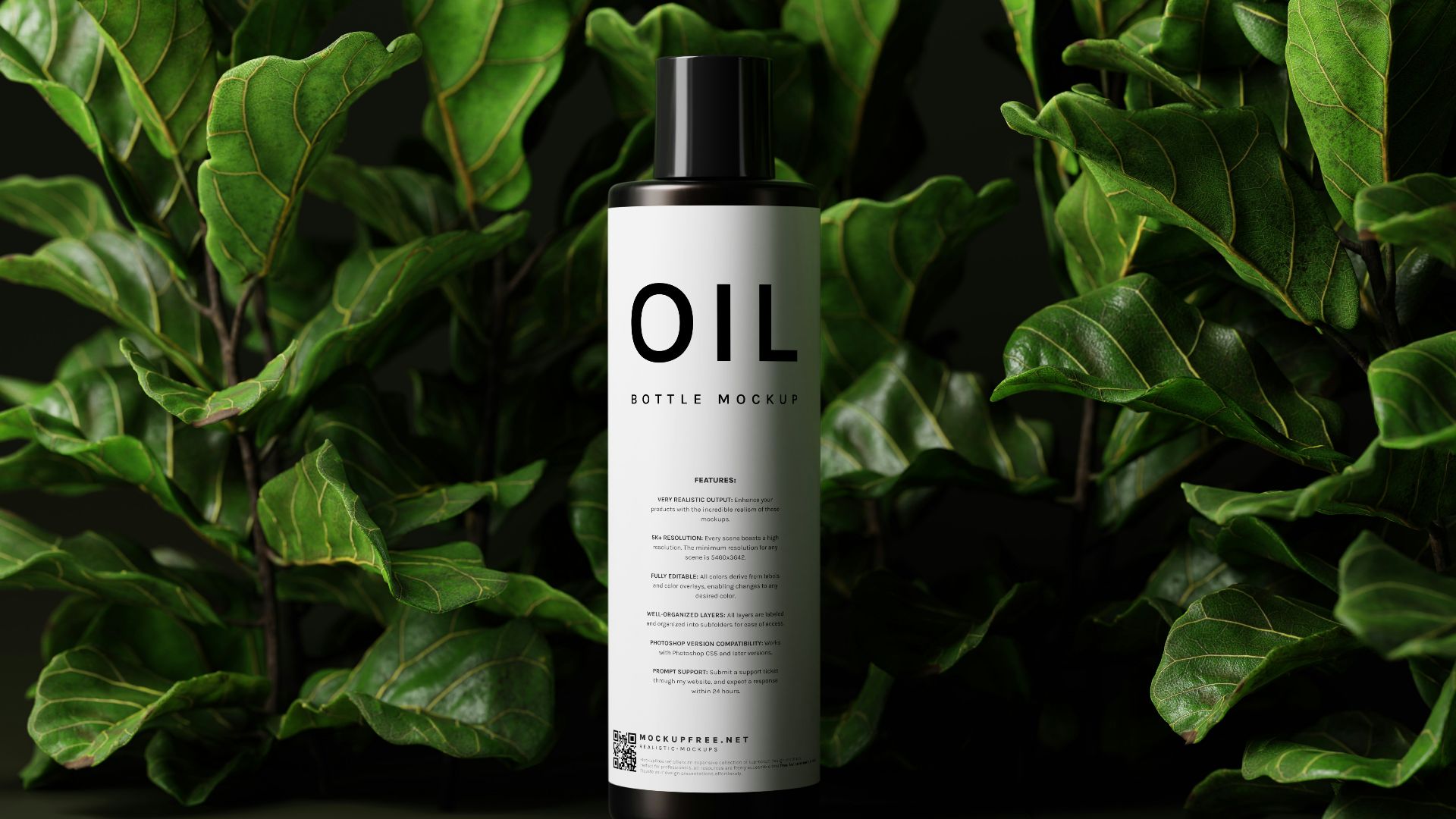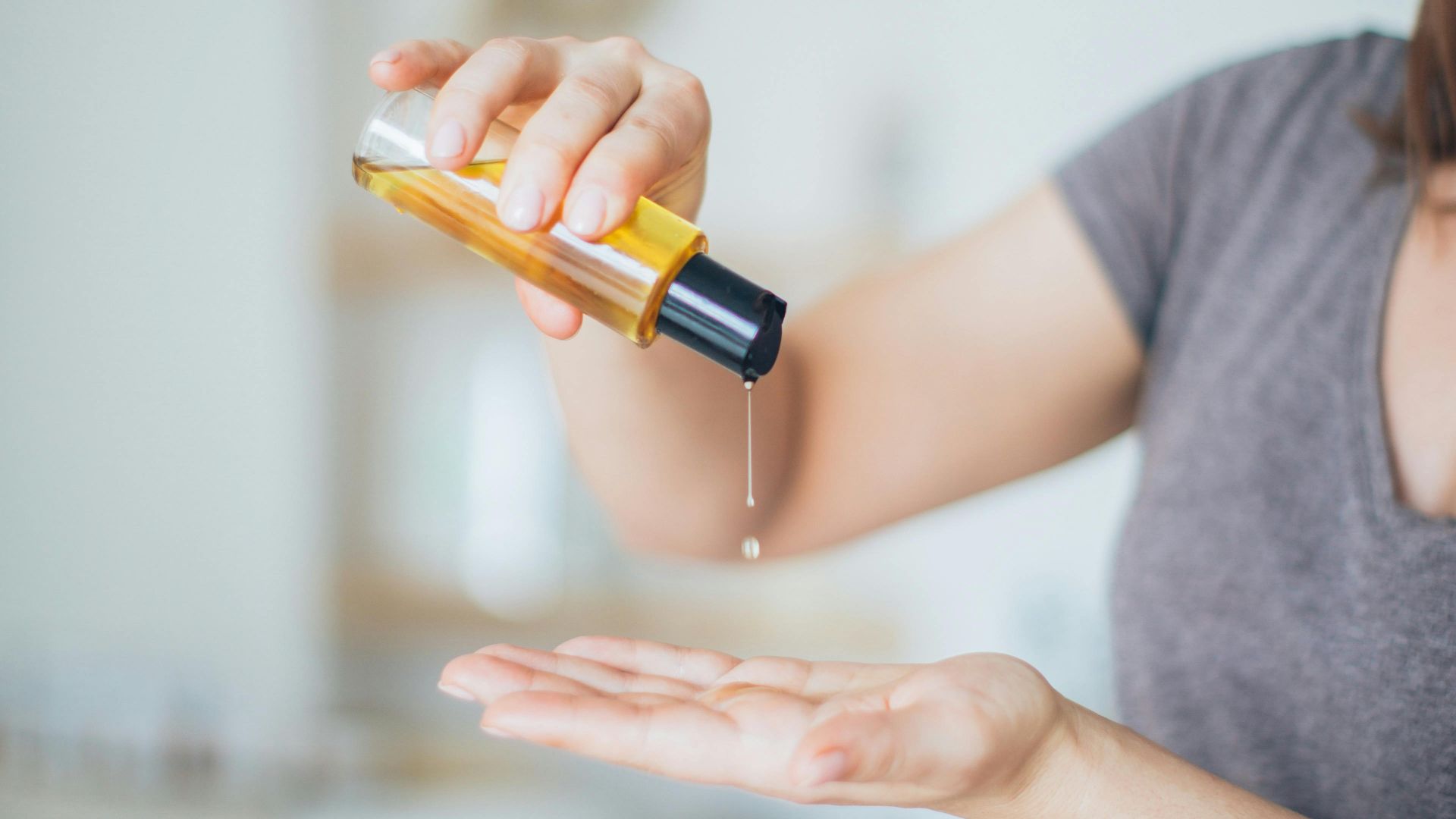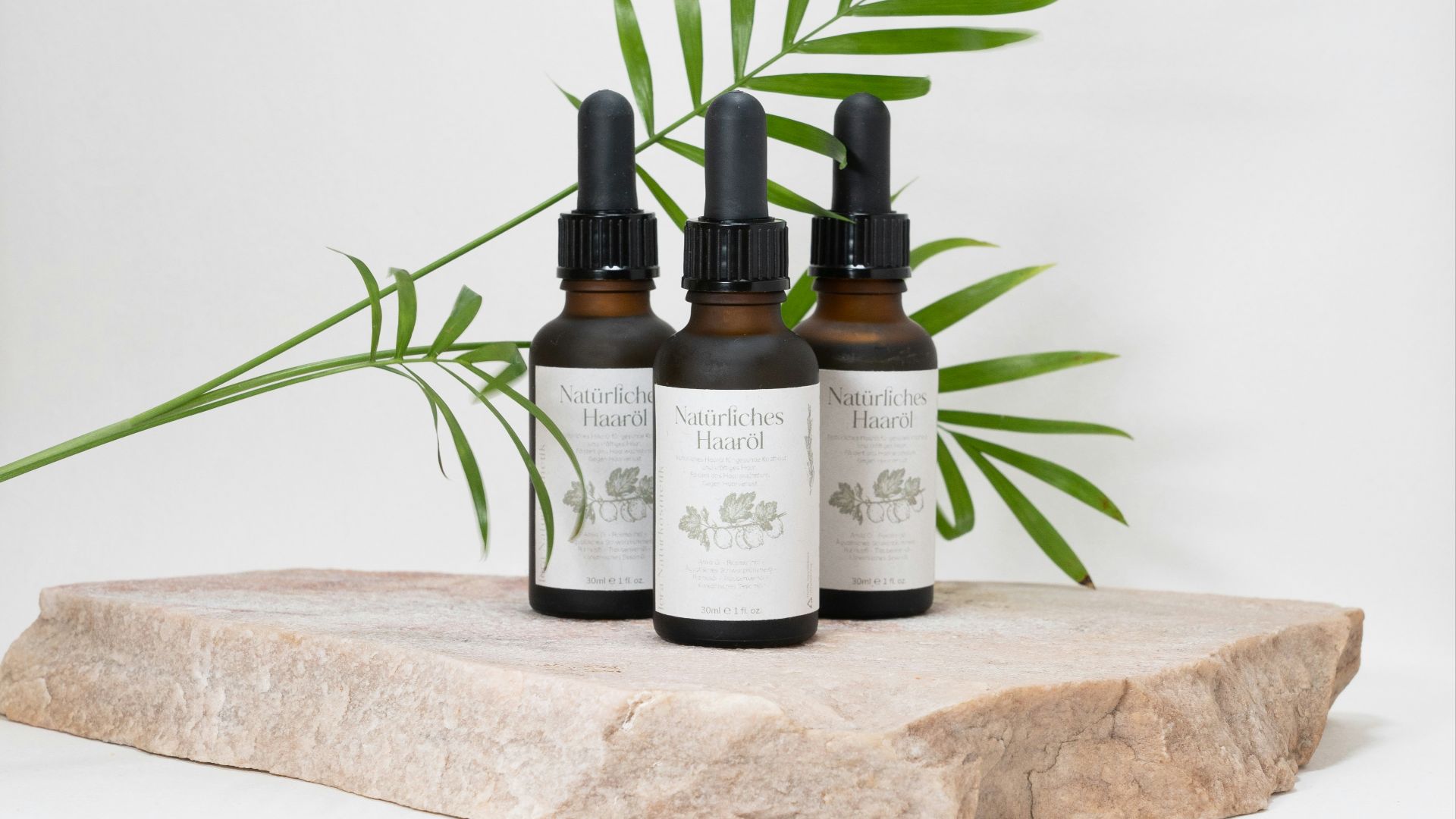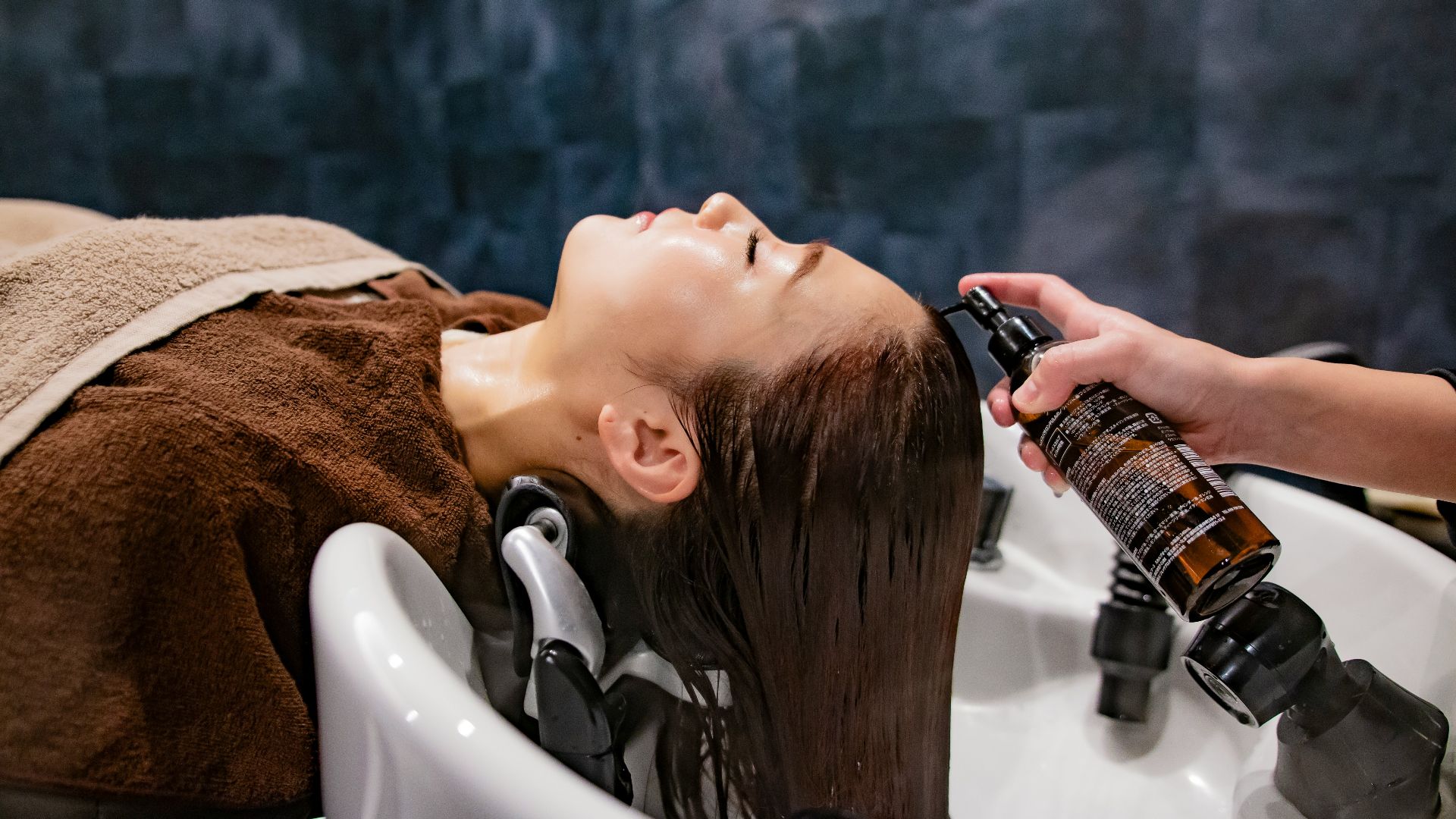Your Shortcut To Softer Strands
A good hair day can reshape your whole outlook, which is why people keep reaching for hair oil expecting smooth strands and lasting shine. It can deliver all of that, but it also creates trouble when applied carelessly or at the wrong moment. This list guides you through the benefits and drawbacks, helping you understand how small choices impact your hair in big ways! Let’s begin with 10 reasons you should use hair oil.
1. Nourishes The Scalp With Essential Nutrients
A happier scalp usually starts with better nourishment, and hair oil makes that pretty easy. Coconut, olive, and amla give follicles the support they need. Coconut helps dry skin feel comfortable again, while argan reduces excess oil production.
2. Strengthens Hair Strands To Reduce Breakage
Hair that snaps during brushing usually needs more support, and oil can make the whole process easier by strengthening the follicles. Almond and coconut oils help restore that structure, and coconut becomes especially helpful for hair stressed by heat or bleaching.
3. Promotes Healthier Hair Growth
People often notice healthier growth once they start massaging oil into their scalp because circulation improves and follicles receive more oxygen and nutrients. Bringadi blends add another layer of support. With steady care, strands usually grow stronger.
4. Provides Natural Shine Without Synthetic Products
When your hair loses that natural glow, missing lipids are usually the reason, and oil replaces them without the help of synthetic shine products. As pollution drains lipids quickly, regular oiling with argan and coconut helps restore that brightness.
5. Reduces Dandruff And Flakiness
Dandruff tends to flare up when the scalp feels tight or dry, and oil can calm that situation quickly. Sesame oil supports a healthier surface, and coconut, almond, and castor oils offer the moisture needed for dryness to ease, so flakes show up far less.
6. Protects Hair From Heat Styling Damage
Heat styling stresses hair more than people realize, but adding oil beforehand gives the strands a small layer of defense. It fills tiny gaps in the cuticle and creates a light shield. Argan and coconut offer reliable support whenever heat styling becomes part of your routine.
7. Locks In Color To Prevent Fading
Color lasts longer when the cuticle stays sealed, and oil helps keep it that way. Argan and coconut support moisture, so colored strands look fresher between washes. Regular oiling also boosts gloss and slows down the fading that many people notice too quickly.
8. Prevents Split Ends With Deep Conditioning
Split ends pop up fast when hair dries out, and oil works against that by keeping each strand conditioned. A well-moisturized shaft bends instead of snapping. With the cuticle sealed and protein loss reduced, ends stay smoother and break far less easily.
9. Helps Tame Frizz Naturally
Frizz usually shows up when hair loses moisture, and oil helps calm that puffiness. Coconut and castor suit curly or textured hair especially well. Some people leave oil on overnight for deeper hydration, while olive or almond oil helps smooth strands without heavy buildup.
10. Provides UV Protection For Hair
Sun exposure can dry out your hair fast, yet oils like coconut and argan create a soft barrier that helps limit that damage. Almond, argan, and coconut also add moisture, which keeps strands from feeling brittle after spending time in strong sunlight.
With the advantages covered, it’s worth seeing which mistakes can undo those gains.
1. Applying Oil To A Dirty Scalp
Putting oil on a dirty scalp works against you because sweat and grime get sealed in, which can lead to infections. Clean hair absorbs oil far better and nourishes the roots. A dirty scalp also worsens dandruff and itchiness, so skipping a wash never actually helps.
2. Using Too Much Oil At Once
Heavy oiling usually creates more problems than benefits because pores clog easily, and washing everything out takes harsh shampoos. A small amount works better. Using too much also leaves hair limp and greasy even after rinsing.
3. Leaving Oil In Hair Too Long
Oil that sits for too long can clog follicles and collect dust, which leads to itchiness. Strands also weaken under prolonged oiling. Some people even feel irritation after leaving it overnight. A few hours work well, but anything longer pulls in unwanted dirt.
4. Choosing The Wrong Oil For Your Hair Type
Not every oil suits every head of hair, and the wrong match can dull results or cause irritation. Synthetic or heavily perfumed options often create buildup. Oils like Amla or Neem nourish the roots well, while others work better for styling than scalp care.
5. Massaging Oil With Dirty Hands
Dirty hands send bacteria and debris straight to your scalp, which increases the chance of irritation or infection. Clean hands help the nutrients absorb more effectively. Though scalp massagers exist, simple washed fingers work just as well.
6. Heating Oil To Excessive Temperatures
Warm oil can feel soothing, yet overheating destroys important nutrients and irritates the scalp. A gentle level of warmth improves absorption and supports circulation. Many people use a double boiler for safe heating, so the oil stays effective without becoming too hot.
7. Mixing Incompatible Oils Without Research
Randomly combining oils can backfire because some blends cancel out each other’s benefits or irritate the scalp. Certain mixtures, like Amla with Brahmi, work well, but not all pairings behave the same, so a patch test is recommended.
8. Applying Oil Only To Hair Ends
Focusing on the ends misses the areas that need nourishment most. The scalp and mid-lengths also benefit from oil, unless the product is meant only for styling. Leaving oil at the ends alone often results in a dry scalp and uneven hydration.
9. Rinsing Oil With Hot Water
Hot water removes moisture so quickly that hair feels rough or frizzy once you rinse. A mild shampoo and lukewarm water offer a gentler alternative. Cold water seals the cuticle for a short time, and staying away from heat helps prevent irritation and dryness.
10. Applying Oil On Soaking Wet Hair
Oil struggles to spread on soaked strands because excess water blocks absorption, which is why towel-drying makes a noticeable difference. Wet application is not harmful, but it rarely produces strong or lasting results.


